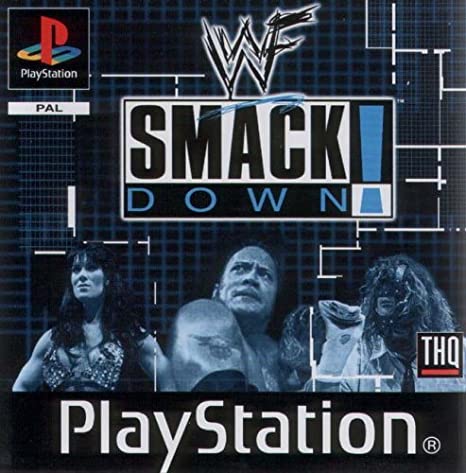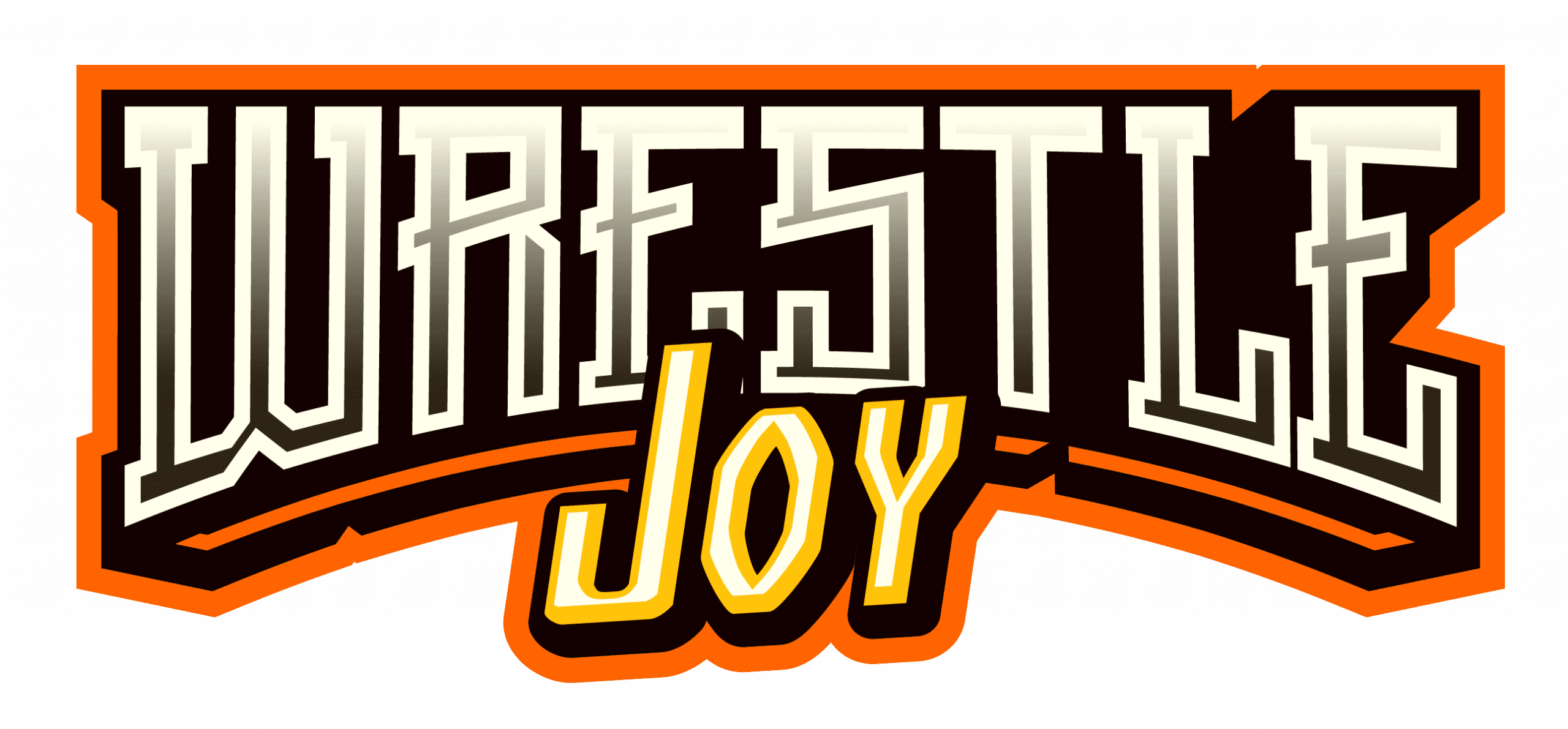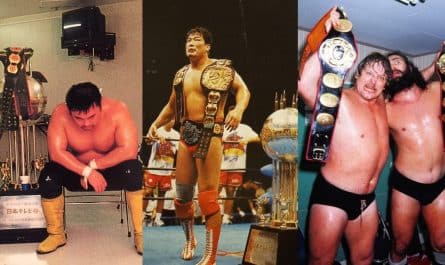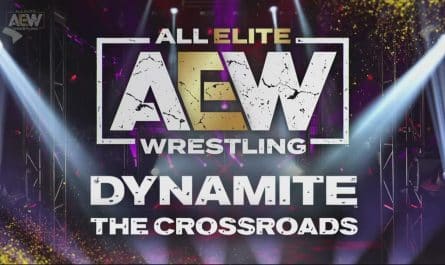If you’re like me, you’ve probably played a video game or two in your life. And if you’re reading this article, I’m assuming that you have a tangential-like love/passion for wrestling. When you mix wrestling and video games, you can have some of the most memorable moments in some childhoods. Playing WWF Wrestlemania with friends or staying up late to listen to the menu of WWF No Mercy were weekly routines. The history of the WWE2K series, however, is a little different – not terrible – but not gleaming either.
A little bit of backstory; WWE (WWF) games were historically made by a team named AKI Corporation and published by THQ. AKI started making these games in the late 90s, during the wrestling boom, and actually started with the WCW games. Quickly, however, WWE got them aboard and they started working on the Wrestlemania 2000 game for the Nintendo 64. AKI was well known in the world of wrestling games for about 4 years, until a new contender, Yuke’s, emerged. Yuke’s would end up taking the reins without letting go for almost 20 years.

Starting with 2000’s WWF Smackdown, Yuke’s created about 20 WWE games as the sole creator. The THQ banner, however, faltered and ultimately lost the license in their original bankruptcy in the early 2010s. That is where 2K Sports comes in. Yuke’s and a 2K Sports internal team known as Visual Concepts took the WWE games into a more simulation-based gameplay. Starting with the development of WWE 2K14, the WWE games landscape would begin to change. Likening the 2K games to a Madden-style release, they began suffering from a short development cycle that plagues most sports games.
Between WWE 2K14’s release in late 2013 and the release of WWE 2K20 in late 2019, the 2K series had a rollercoaster of coverage. While Yuke’s could use the help in development, it soon became a worry that the annual release would become too “2K.” By WWE 2K17, the over-generic, bland-looking menus hit the games – making them look like a carbon copy of other titles under the 2K banner. Something, however, was coming – something far more insidious.

Shortly after the late 2018 release of WWE 2K19, Yuke’s announced they would be stepping away from the WWE license. Unfortunately, due to the yearly release cycle that WWE demands, this meant that Visual Concepts had to pull together an entire game (assets, models, sounds, coding, et al) in less than 9 months. The decision didn’t come to a surprise to most gaming fans. Yuke’s had been unhappy with how the 2K brand had turned their previous products into more of a cookie-cutter sports game rather than a wrestling simulation experience. When WWE 2K20 released, both gaming and wrestling fans were shocked at how bad of a state the game was launched in. Broken assets, physics that were janky, issues with playing matches with more than two people in the ring. It seemed like the 2K series was getting ready for the big finish – until something unexpected happened.

Akin to the 2011’s WWE All Stars, 2K and WWE up and announces a game that is not part of the official WWE 2K line. 2K Battlegrounds focuses more on the arcade style of wrestling games, allowing for fantastical moves and over-the-top character models. It’s a look that is more likened to Camp WWE than it is to the weekly Raw, Smackdown, or NXT events. It brings over 70 current WWE superstars and Legends to “brawl without limits” – a tagline fitting for an arcade title. Battlegrounds’ graphics are cartoony, allowing an alligator to snap up an unsuspecting Roman Reigns, or fire to spit from Kane’s face. You’ll be able to create your own superstar, battle it out with friends online, and take part in a Steel Cage match, the Royal Rumble, and even a special Battlegrounds Challenge. Developed by Saber Interactive and not Visual Concepts, Battlegrounds is in the court of another developer – but why?
WWE 2K Battlegrounds announcement worked to hide the fact that there would be no main-line WWE 2K21 game coming out. This was ultimately a choice to serve a lot of masters. On one hand, you allow Visual Concepts a full year and some change to create the next generation for the WWE 2K mainline games. On another, you bring back an arcade-style game that is easy to love and is cheaper than the main-line games. Lastly, you don’t miss your release window for the WWE games license. Killing effectively three birds with one stone, the future of the WWE 2K mainline series is still up in the air. The assumption is that Visual Concepts is working on the next massive WWE game. With a rumored AEW video game in the works – it might be the resurgence of another wrestling war – one on the digital front.









